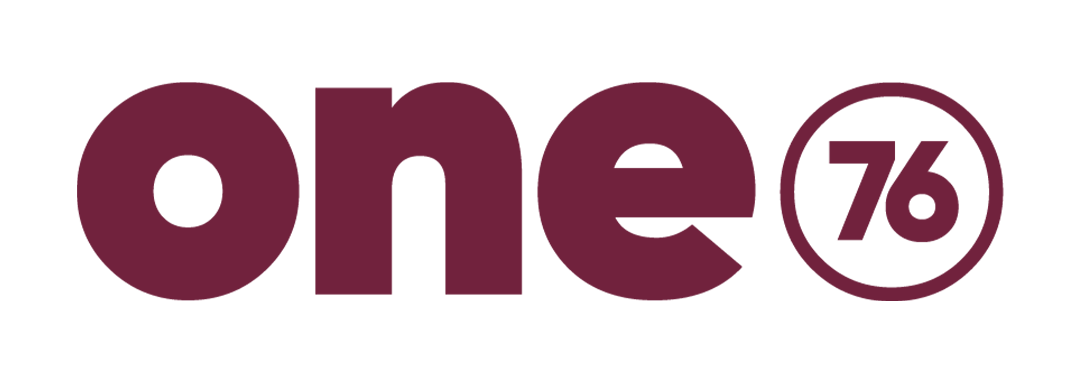Benefits of Podcasting for Business
Podcasts can build your organic audience
The more channels you offer your content, the more opportunities you have to meet your potential audience where they’re hanging out. If you’re only concentrating on Insta and TikTok, you’re missing the listening commuter audience that podcasting could capture.
And podcasts provide the perfect opportunity to invite guests so you can leverage their brand equity. Plus, if they share the ep with their followers, you get exposed to a whole new audience.
Quick tips to expand your organic audience with podcasts:
- Guest interviewees – look for guests who either align with your brand or provide a contrasting point of view. Bonus points if your guest has a new or complimentary audience to you. Fresh eyeballs = potential customers.
- Collabs – brand partnerships, takeovers, shout-outs and trailer swaps (where you feature a short trailer for their content on your podcast and vice versa) can accelerate your brand growth for free.
- Reviews – compliments from your listeners can be repurposed as user-generated content, add credibility to your podcast, increase listenership and invite listener engagement.
- Tag a friend who needs to hear this – you’ve already got an audience? Ask them to tag a friend so you leverage the power of their network too. Plus you get the personal endorsement of your listener recommending your podcast to their friend.
- Screenshots – ask listeners to post screenshots of their review or the podcast feature tile to their socials and tag you. You get user generated content to repost, plus exposure to their extended network of followers.
- Social posts – Stories, TikTok, Pinterest – turn podcast content into social content (see more in the next tip) to grow your audience on all your social channels and drive listeners to your podcast.
Podcasts make content production easy
Record one podcast with video rolling and you’ll instantly produce a tonne of usable content:
- Publish the podcast for your listening audience (Spotify, Apple Podcasts, Stitcher etc).
- Transcribe the podcast for your reading audience (website, blog).
- Publish the video to YouTube and snippets to your socials for your viewing audience.
- Embed the podcast audio into a short snippet on your website.
- Turn the audio from your Facebook Live interviews or webinars into a podcast episode.
- Share the top takeaways from your episode in your weekly email blast.
- Create social graphics with key quotes from your podcast.
- Use an app like Waave to turn audio into animated video for your socials.
- Create lead magnets from cheat sheets, guides or expert tips from the episode.
- Prior to recording, ask your audience for their questions on social media to build engagement and content themes. Then answer the questions in your podcast and give your audience members a shout-out when you read out their question.
- Publish the best reviews on your website for added credibility.
Podcasts can nurture your audience so they’re primed to buy
Drip feed your best content, sneak peeks of upcoming launches and engage with your listeners via Q&As or Lives. The more they Know, Like and Trust your brand, the more likely they are to buy when you’re ready to sell.
Just don’t turn every ep into a Home Shopping Network sales pitch.
Podcasts position you as a subject-matter expert
You’re the published broadcaster. That instantly conveys a level of authority and thought leadership. Sure anyone can start a podcast. But you did. So own your position as subject-matter expert. Share value-adding content, spark debate, take a strong position on a polarising topic.
Podcasts have a low barrier to entry (you can start CHEAP)
No, you don’t need a fully tricked recording studio and A-List guests. You can start your podcast super-lean. (Get our podcasting starter kit checklist of the essential equipment you’ll need.)
Podcasts are easy for your audience to consume
Audio is portable and the perfect multi-tasking media. Your audience will listen on their commute, while exercising, at work, at home. Skip, save and share. All on their phone, all at a click. Easy.
Podcasts can add a revenue stream to your business
Podcast ad revenue is expected to grow to $1.13 billion in 2021. Ads, affiliates and sponsored posts all provide additional revenue opportunities for your brand. And don’t think ads will turn your listeners off – a US survey found that 78% don’t mind ads and 62% buy after hearing ads on podcasts.





